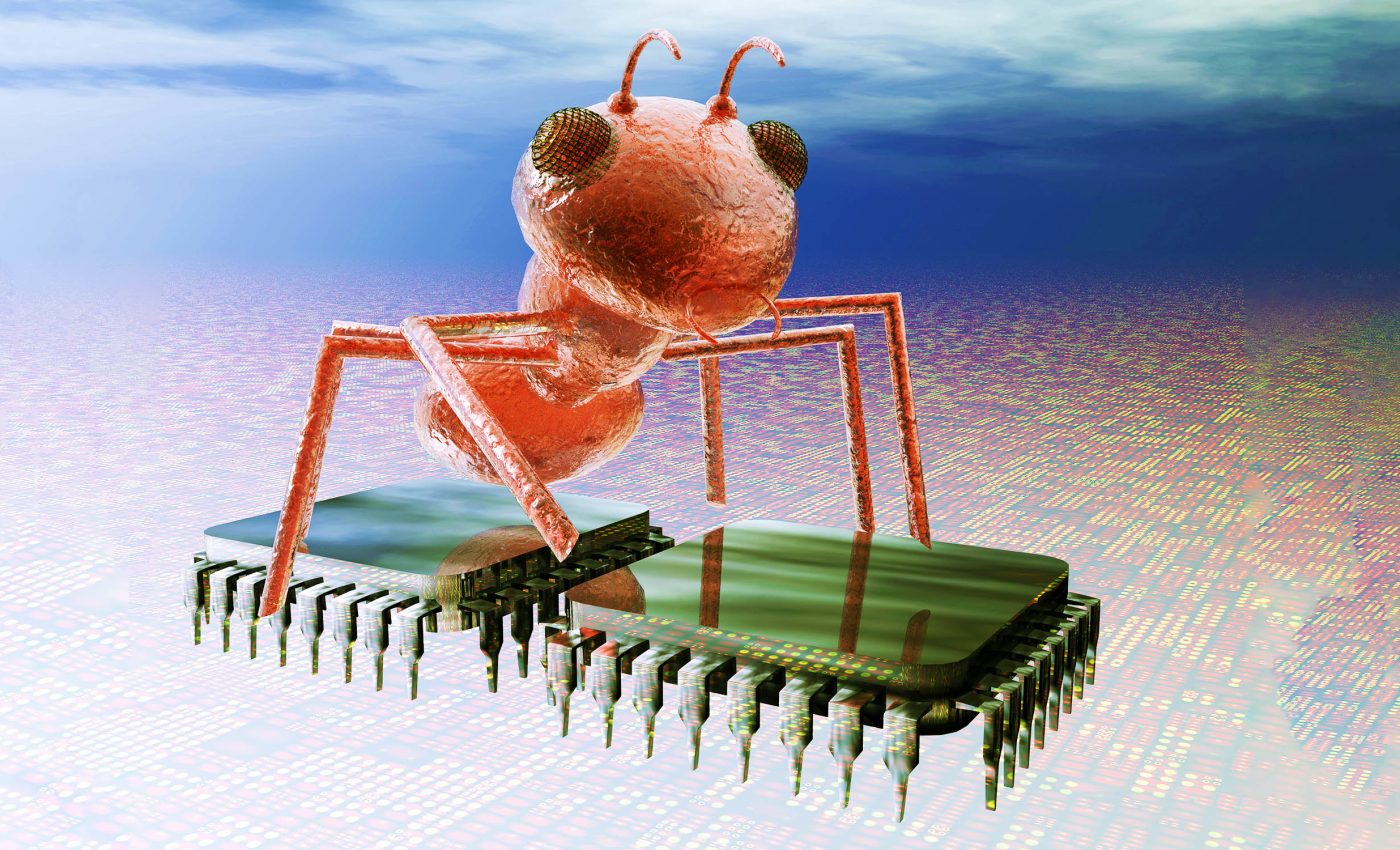
Animals were wired and placed in Virtual Reality worlds just to see what would happen
When you think of gaming and Virtual Reality worlds, you probably picture people with VR headsets dodging virtual bullets or exploring fantastical landscapes, not animals hooked to electrodes.
But now, this technology is being used for something completely different — studying the behavior of small creatures, like hoverflies and crabs, when they’re exposed to “fake” or “augmented” worlds.
Dynamics of flight
This novel approach emerged from a desire to comprehend the aerodynamics of flying insects, along with other enigmatic animal behaviors.
A study led by Flinders University introduces us to a whole new way of observing how invertebrates react to, communicate with, and traverse through the virtual “worlds” that today’s avant-garde entertainment technology can create.
This exploration could provide invaluable insights that offer a push forward in the realm of new technologies, like aviation and precision devices.
Developing virtual reality tech for animals
The development of this unique software was a collaborative effort by several experts at Flinders University in Western Australia, in collaboration with researchers from Germany.
Among the key contributors are Professor Karin Nordström, who leads the Hoverfly Motion Vision Lab, and her co-researchers including Dr. Yuri Ogawa, Dr. Richard Leibbrandt, and Raymond Aoukar.
Their combined expertise and dedication have made it possible to open up this specially designed software platform to researchers worldwide.
Observing animals in a virtual world
Dr. Ogawa, a research fellow in Neuroscience at the Flinders Health and Medical Research Institute, explained how their team developed computer programs to create an immersive VR experience for the creatures.
“Using machine learning and computer vision algorithms, we could observe the animals and decode their actions, from a hoverfly attempting to make a left turn during flight to a fiddler crab dodging a virtual bird,” said Dr. Ogawa.

But that’s not all – the software also modifies the digital landscape to sync with the animals’ movements.
The machine learning technologies used in this experiment are already disrupting various industries, from agriculture to medicine, architecture, and transportation, as noted by Dr. Leibbrandt.
New playground for invertebrates
The emergence of virtual reality for invertebrates has started unveiling novel methods for studying animal behaviors more intimately than ever before.
Raymond Aoukar, a computer science graduate from Flinders University, emphasized the significance of this project.
“The past two decades have witnessed rapid progress in gaming, artificial intelligence, virtual reality, and high-speed computation using specific computer hardware in graphics cards,” said Aoukar.
“Today, these technologies are mature and accessible enough to operate on consumer computer devices. This accessibility offers the opportunity to look at animal behavior in an environment that’s systematically controlled but more natural than a typical lab experiment.”
Bridging gaps between disciplines
The intersection of technology and biology in studying animal behavior is an exemplary case of interdisciplinary collaboration.
By bringing together expertise from areas such as computer science, neuroscience, and biology, researchers can leverage technological advancements to deepen our understanding of biological processes.
This collaboration fosters innovation and ensures a more comprehensive approach to problem-solving.
The project’s success highlights the importance of bridging gaps between distinct fields, leading to brand new insights and applications that have far-reaching implications beyond the immediate study of invertebrate behavior.
Virtual reality for future animal research
The implications of utilizing virtual reality to study animal behavior are vast and promising.
This state-of-the-art approach promises to shift paradigms in ecological and biological research by enabling scientists to simulate complex environments and observe real-time interactions in a controlled manner.
Future research could expand the application of these technologies to more animal species, potentially revolutionizing how we study and interact with wildlife.
Moreover, this innovative intersection has the potential to influence other technological advancements, setting a precedent for future endeavors that merge the realms of technology with nature to solve intricate mysteries of the natural world.
Such advancements are poised to contribute to more sustainable technological and ecological systems, thus enhancing our understanding and preservation of biodiversity.
Virtual reality to identify animal behavior
Apart from simply observing and quantifying behavior through virtual reality, the new approach allows the identification of visual triggers for certain behaviors in animals.
Other research groups have already started showing interest in using this revolutionary platform. The researchers look forward to employing VR to dig deeper into the decision-making processes of insects.
To simplify experimental design and data storage, the team developed a user-friendly Unity Editor interface that doesn’t require coding.
The CAVE, an open-source project from the Hoverfly Motion Vision Lab, streamlines the process of setting up a Tethered Flight Arena.
This new virtual playground for insects and other small creatures may have started as a fun experiment, but its implications and potentials are nothing short of fascinating.
The study is published in the journal Methods in Ecology and Evolution.
—–
Like what you read? Subscribe to our newsletter for engaging articles, exclusive content, and the latest updates.
Check us out on EarthSnap, a free app brought to you by Eric Ralls and Earth.com.
—–













